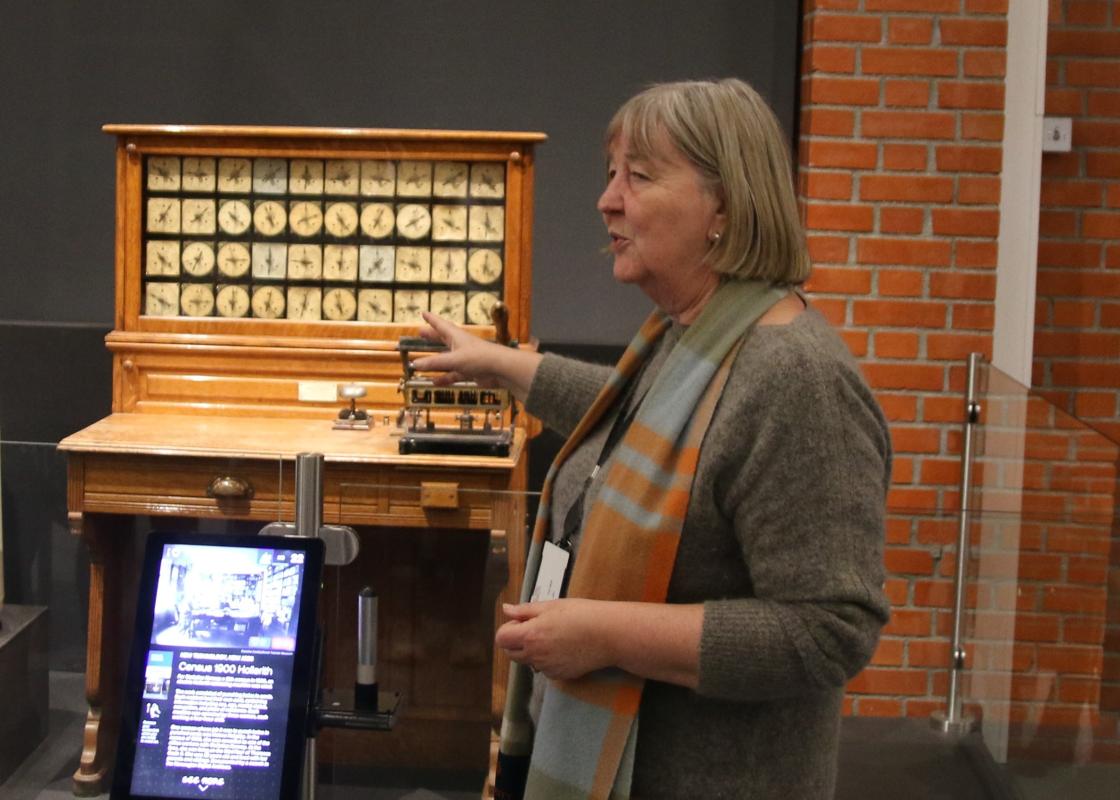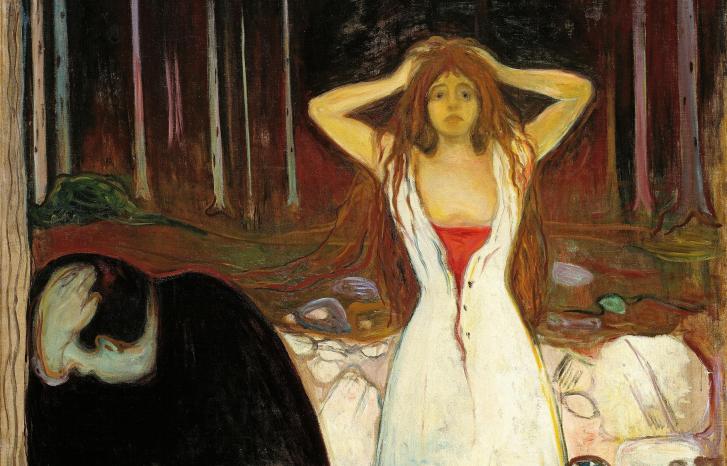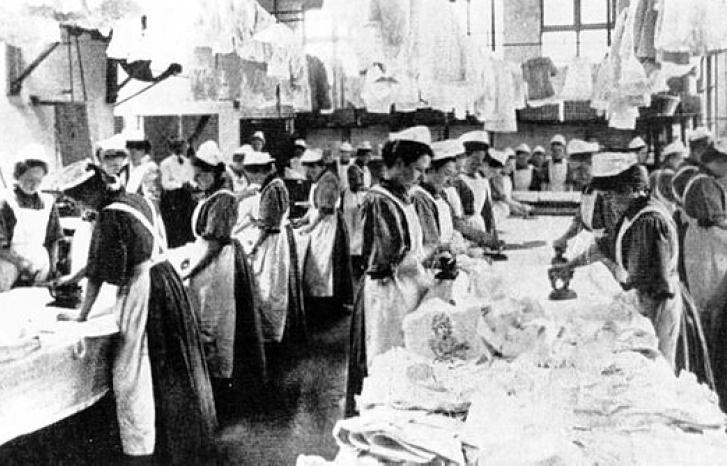How can women, gender and diversity be highlighted at the Technical Museum?
"The goal is to develop ways to highlight the fact that women are underrepresented and thus make the historical collections more topical," says Tone Rasch, curator at the Technical Museum in Oslo.
Rasch and her colleague Torhild Skåtun, researcher and museum educator, are participating in the project "The value of gender in a museum hierarchy: On the representation of women, gender and diversity in museums".
This article is part of Kilden genderresearch.no's contribution to the project The value of gender in a museum hierarchy: On the representation of women, gender and diversity in museums.
The project will be carried out by the Museum Network for Women's History and is led by the Women's Museum. The goal is to change the museums' practices and mindsets when it comes to gender. The work is based on experiences from the project: "There She Goes Again: A Project on Gender Representation in Norwegian Museums’ Collections and Exhibition Practices.”
Kilden is following up the project with a series of articles that focus on gender perspectives in the museums' activities. We will write about the exhibitions, dissemination programmes and research in the project, and interview researchers with knowledge in the field. The articles aim to shed light on the relationship between gender and museums.
The project is supported by Arts Council Norway.
Tailor-made exhibition experience
One of the contributions has been to highlight how technology created new jobs for women in the telecommunications and data exhibition "I/O".
I am taken on a tour of the exhibition.
“You can either follow a route through the exhibition that is suggested when you log in at the start of the exhibition, or you can make your own way around," explains Skåtun.
We are standing in front of a large round table with what are called "identifier sticks". Visitors can choose a stick that they plug in at the various stations in the exhibition.
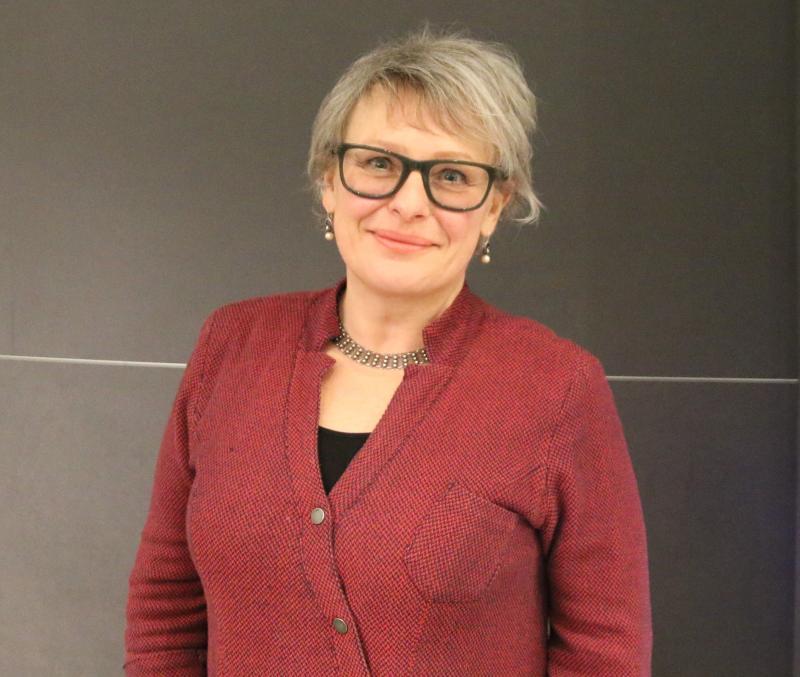
"This allows visitors to learn more about the history of technology in an interactive way, by making choices that affect what they see and experience in the exhibition," Skåtun elaborates.
"For example, you can follow a women's history trail.”
She chooses "new technology, new jobs" from the list of routes that can be followed through the exhibition.
“The information is stored in your identifier stick, and you are told which display cases to go to.”
I plug in the stick at each station and read about various technological innovations that created new jobs for women in the 1800s and 1900s.
At one station, I learn about the "Hollerith punch card machine," an electric machine from the 1890s purchased for the 1900 census that was operated by women. At another station, I read about a phone manufactured at L.M. Ericsson's telephone factory, which Hilda Ericsson started with her husband Lars Magnus.
In dialogue with the public
Skåtun has previously written a doctoral thesis on how exhibitions can be created in dialogue between the public and museum staff, something known as "co-design".
She was responsible for the learning programme for the exhibition "Folk – from racial types to DNA sequences", which was on display at the Technical Museum from 2018 until December 2019. The process of co-creating a sound activity for the exhibition was used as source material in her thesis.
"The learning programme was aimed at children and young people, and I wanted to facilitate dialogue and co-creation with the target group while developing the educational programme for the exhibition.”
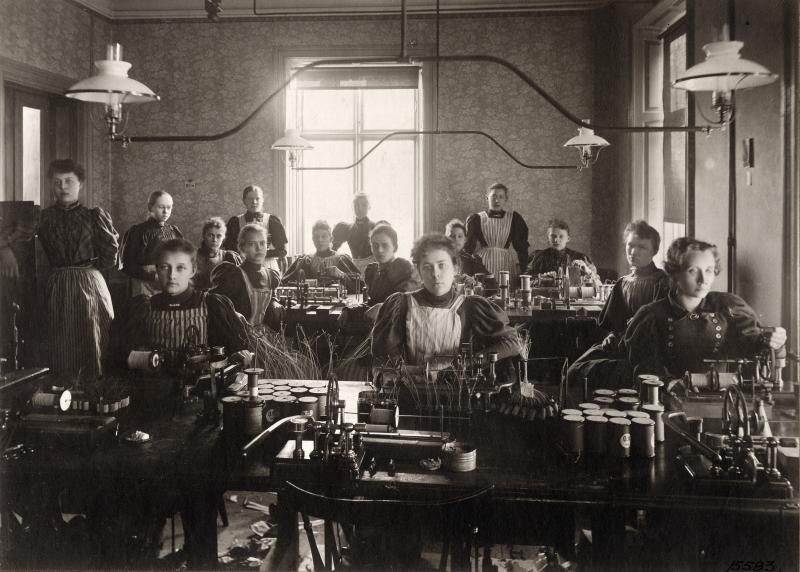
Challenging power hierarchies
Line Engen is an education curator and researcher at the National Museum and is currently on leave from her position to write a handbook on practical research in the museum. Among other things, she was editor of the anthology “Et kunstmuseum i endring? Nye formidlingspraksiser i Norden” (An art museum in flux? New dissemination practices in the Nordic region).
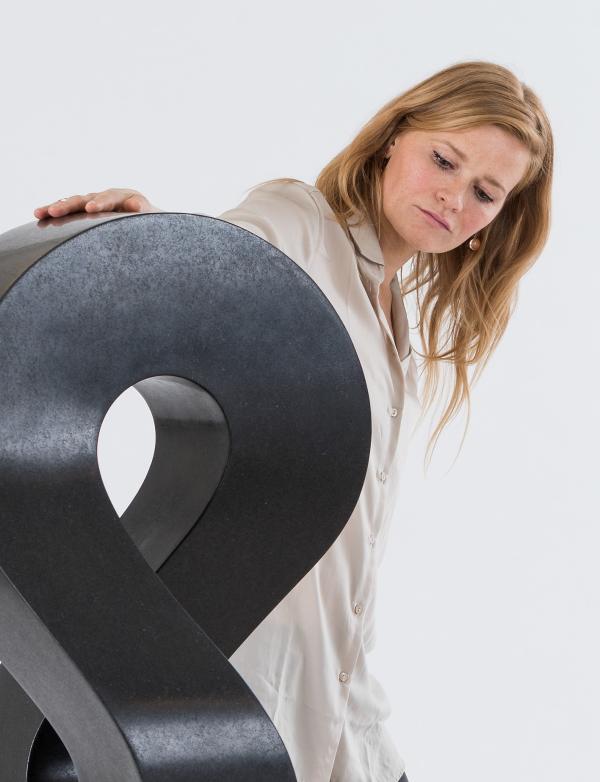
"If the museum is to become a place for meaning-making for a broad and diverse audience with sociocultural differences, we must increase our knowledge and awareness of what we do," Engen responds by email.
Museums have great power to define and it is therefore essential that power structures are continuously challenged.
– Who is the target group and what is the motivation behind a practice? From what pedagogical models and practical knowledge do we draw? Who visits the museums, who doesn't, and why?" she asks.
She points out that museums are not neutral institutions.
"Museums have great power to define and it is therefore essential that power structures are continuously challenged.
According to Engen, museums should use all the knowledge there is about the public in the museum.
“This is an enormous and complex field of knowledge that has existed for as long as the museum has existed, but which has not been drawn on to any appreciable extent in the museums' content production," she says.
"There has been and still remains a hierarchy, with collecting on the one hand and dissemination and the public on the other. We need knowledge about both these subjects if we are to achieve the goal of reaching a broader and more diverse audience.”
"What is diversity competence?"
Engen believes that diversity, including gender, is a crucial concept in today's museums. It is a concept that must be continuously reimagined and filled with content, within the museum, between museums, and in relation to the public.
"What is diversity competence? Who possesses this competence? Someone who has studied diversity or someone who has experience of diversity,” she asks.
"At the National Museum, we consciously work with our collection, museumgoers and dissemination from a diversity perspective. Not least, recruitment is essential in the museums' work towards diversity.”
In recent years, several new demands have been placed on dissemination at art and cultural institutions, says Engen.
"The emergence of multimedia, where we use TVs, radios, PCs and mobile phones – often simultaneously – and social media, places high demands on the museum’s communication," she explains.
"Various participation practices in the arts and culture field have emerged through social media and social networking sites, but the fact that participation is essential to the meaning-making process can be seen in pedagogical theories dating back to the 1800s.”
According to Engen, public involvement is essential to the production of content in today's museum.
"This has nothing to do with populism, quite the opposite: it's about the museum having to be highly aware of what it is doing. The work we do must be knowledge and research-based at all levels.”
"Women must be searchable"
Another initiative that will contribute to broader representation at the museum is making women searchable online.
"We are also focussing on women in the collections and their dissemination through digital solutions," says Tone Rasch of the Technical Museum.
"This is first and foremost on digitaltmuseum.no, where museum objects are made accessible to the public.”
The intention is for public input and attitudes to flow back to the museum catalogue.
"This is in order to update missing knowledge and to ensure that historical objects become relevant in the present and in the society we live in," says Rasch.
Rasch says that one way to make the history of women more visible is to work actively with the lists on kulturnavn.no, a platform where museums can create and collaborate on terminologies. The Technical Museum manages the list of historical people with importance to Norwegian industry.
"Women are severely underrepresented on this list, and we are in the process of adding them," she says.
"By doing so, women will be connected to objects and photographs published on digitaltmuseum.no, which will make women more searchable online.”
Met with interest and engagement
“The biggest barrier to giving more prominence to women at the museum is that there are many ways to understand these topics and there are many blind spots," says Skåtun.
She finds that the staff at the museum are mainly interested in highlighting new perspectives and narratives, and in communicating history in a gender perspective.
Co-creation can help highlight women, gender and diversity in the museum's dissemination practice,
"Nevertheless, discussions about gender are sometimes reduced to 'if we talk about women, we also have to talk about men'.
Curators and educators believe that interactive, digital solutions and co-design can strengthen diversity in museum dissemination, and highlight narratives with a gender perspective.
"By being aware of how we convey narratives in the museum, co-creation can help highlight women, gender and diversity in the museum's dissemination practice," says Skåtun.
"A participation group can also contribute with opinions and attitudes that are less restrained by dogged structures that those of museum workers," Rasch adds.
"An interdisciplinary discussion and exchange of knowledge will therefore make the museum relevant for a more diverse audience.”
A longer version of this article was first published in Norwegian
